Home>Garden Essentials>When To Seed Lawn In Nc


Garden Essentials
When To Seed Lawn In Nc
Modified: September 2, 2024
Looking to start your garden? Find out the best time to seed your lawn in NC and get your garden off to a healthy start.
(Many of the links in this article redirect to a specific reviewed product. Your purchase of these products through affiliate links helps to generate commission for Storables.com, at no extra cost. Learn more)
Introduction
Welcome to the world of gardening! Creating and maintaining a beautiful, lush lawn is a rewarding endeavor that can transform your outdoor space into a vibrant oasis. If you’re a gardener located in North Carolina, you’ll need to pay attention to the unique climate and soil conditions in your area to achieve optimal results.
When it comes to seeding your lawn in North Carolina, timing is everything. By understanding the factors that influence the success of your lawn seeding project, you’ll be well-equipped to make informed decisions and set yourself up for a flourishing lawn.
In this article, we will explore the important considerations and steps to take when seeding your lawn in North Carolina. From understanding the local climate and soil preparation techniques to choosing the right grass seed and avoiding common mistakes, you’ll gain valuable insights to help you achieve a vibrant and healthy lawn that will be the envy of your neighborhood.
So, let’s dive in and uncover the secrets to successful lawn seeding in North Carolina!
Key Takeaways:
- Timing is crucial when seeding your lawn in North Carolina. Warm-season grasses should be seeded in late spring to early summer, while cool-season grasses are best seeded in the fall.
- Proper soil preparation, choosing the right grass seed, and providing consistent watering and maintenance are essential for a successful lawn seeding project in North Carolina.
Read more: When To Plant Grass Seed In NC
Factors to Consider
Before you begin seeding your lawn in North Carolina, there are several important factors to consider. By taking these factors into account, you can ensure that your lawn has the best possible conditions for growth and success.
1. Climate: North Carolina has a varied climate, ranging from the mountains in the west to the coastal regions in the east. The state experiences both hot and humid summers and sporadic winter conditions. Understanding the climate in your specific region will help you choose the right grass seed and determine the best time for seeding.
2. Soil Type: The soil composition can vary widely in North Carolina, from sandy soil in coastal areas to clayey soil in the Piedmont region. Conduct a soil test to determine the pH levels, nutrient content, and overall quality of your soil. This will help you identify any necessary amendments required for optimal growth.
3. Sunlight: The amount of sunlight your lawn receives plays a crucial role in its overall health and growth. Take note of the areas that receive full sun, partial shade, or full shade throughout the day. This information will help you select grass seed varieties that are well-suited to the specific lighting conditions of your lawn.
4. Water Availability: North Carolina receives an average amount of rainfall, but it’s important to consider the availability of water for your lawn. If you have access to irrigation, you can choose grass varieties that require less water. However, if your area is prone to drought, selecting drought-tolerant species will be beneficial.
5. Lawn Usage: Consider how you plan to use your lawn. If you have children or pets that will be playing on the grass, selecting a grass variety that can withstand heavy foot traffic is essential. Alternatively, if your lawn is purely ornamental, you may opt for a grass variety that prioritizes aesthetics.
By taking these factors into account, you can make well-informed decisions regarding the type of grass seed, soil amendments, and maintenance practices that will be best suited to your specific lawn in North Carolina.
Climate in North Carolina
North Carolina’s climate is characterized by its geographical diversity, featuring both coastal plains and mountainous regions. The state experiences a humid subtropical climate, with hot and humid summers and mild winters.
In the coastal areas, summers can be quite hot and humid, with temperatures often reaching the upper 80s to 90s Fahrenheit (around 30 to 35 degrees Celsius). Winters tend to be milder, with temperatures averaging in the 50s (10 to 15 degrees Celsius). However, coastal regions are also susceptible to occasional hurricanes and tropical storms, which can bring heavy rainfall and strong winds.
In the Piedmont region, which extends from the coastal plains to the Appalachian Mountains, summers are still hot and humid, but temperatures in the upper 80s to low 90s Fahrenheit (around 30 to 33 degrees Celsius) are more common. Winters in the Piedmont can be cool, with temperatures averaging in the 40s to 50s Fahrenheit (around 4 to 15 degrees Celsius).
The mountainous areas of North Carolina have a more moderate climate compared to the rest of the state. Summers are pleasant, with temperatures in the upper 70s to mid-80s Fahrenheit (around 25 to 30 degrees Celsius). Winters can be cold, with temperatures dropping into the 20s to 30s Fahrenheit (around -3 to -1 degrees Celsius), and the higher elevations occasionally receiving snowfall.
Due to this diverse climate, it is important to choose grass seed varieties that can thrive in the specific conditions of your region. Warm season grasses, such as Bermuda grass, Zoysia grass, and Centipede grass, are well-suited for the coastal areas and the southern parts of the Piedmont region. Cool season grasses, like Kentucky Bluegrass, Tall Fescue, and Ryegrass, are better suited for the higher elevations and the northern parts of the Piedmont region.
Understanding the climate in your specific area is crucial for determining the optimal time to seed your lawn. By considering the average temperatures, precipitation patterns, and potential weather events, you can make better decisions about when to embark on your lawn seeding project in North Carolina.
Soil Preparation
Proper soil preparation is essential for creating the ideal conditions for successful lawn seeding in North Carolina. By preparing the soil, you can ensure that it is fertile, well-drained, and capable of supporting healthy grass growth.
Here are some steps to follow for effective soil preparation:
- Remove debris: Start by removing any rocks, sticks, or other debris from the area where you plan to seed your lawn. This will provide a clean surface for optimal seed-to-soil contact.
- Weed control: Before seeding, it’s important to eliminate any existing weeds or unwanted vegetation. Use a herbicide or manually remove the weeds to prevent competition for nutrients and space.
- Aerate the soil: Aerating the soil helps to improve drainage and promote root development. Use a garden fork or a mechanical aerator to create small holes or plugs in the soil.
- Test and amend the soil: Conduct a soil test to determine the pH levels and nutrient content of your soil. Based on the results, you may need to amend the soil with lime to raise the pH or sulfur to lower it. Additionally, you may need to add organic matter, such as compost or well-rotted manure, to improve the soil structure and fertility.
- Level the soil: Ensure that the soil surface is leveled and free from any uneven areas or depressions. This will provide uniform conditions for the seed to germinate and establish a healthy lawn.
- Loosen the topsoil: Using a rake or a garden tiller, loosen the top layer of soil to create a loose and crumbly texture. This will facilitate seed-to-soil contact and allow for better root penetration.
- Final soil preparation: Before seeding, lightly rake the soil to create a smooth and even surface. This will help the grass seed settle evenly and allow for uniform growth.
By following these steps, you can create an optimal environment for your grass seed to thrive. Remember, proper soil preparation is key to providing the necessary nutrients, moisture, and support for your new lawn in North Carolina.
Choosing the Right Grass Seed
Choosing the right grass seed is a critical step in ensuring a successful lawn seeding project in North Carolina. The type of grass you select should be well-suited to the local climate, soil conditions, and your specific lawn requirements.
Here are some factors to consider when choosing the right grass seed:
- Climate compatibility: Consider the climate of your specific region in North Carolina. Warm-season grasses, such as Bermuda grass, Zoysia grass, and Centipede grass, are better suited for the coastal areas and the southern parts of the Piedmont region. Cool-season grasses, like Kentucky Bluegrass, Tall Fescue, and Ryegrass, thrive in the higher elevations and the northern parts of the Piedmont region.
- Sunlight requirements: Evaluate the amount of sunlight your lawn receives throughout the day. Some grass varieties, such as Bermuda grass and Zoysia grass, prefer full sun, while others like Fine Fescue or St. Augustine grass can tolerate partial shade or filtered sunlight.
- Drought tolerance: Considering the water availability in your area, select grass varieties that are drought-tolerant. These grasses have the ability to withstand periods of limited watering and can maintain their green color and vitality even in dry conditions.
- Maintenance needs: Different grasses have varying maintenance requirements. Some grass varieties, like Bermuda grass, require regular mowing and more frequent fertilization, while others, such as Tall Fescue, have lower maintenance needs.
- Intended use: Determine how you plan to use your lawn. If you have children or pets that will be playing on the grass, choose a grass variety that can withstand heavy foot traffic and resist wear and tear. Alternatively, if your lawn is purely ornamental, you may prioritize aesthetics and select a grass that creates a lush and visually appealing landscape.
Research and consult with local experts to understand which grass varieties are most suitable for your specific area in North Carolina. Consider factors such as shade tolerance, disease resistance, and overall adaptability.
Remember, the right grass seed selection sets the foundation for a healthy and thriving lawn. Invest the time and effort in choosing the best grass variety to ensure the long-term success of your lawn seeding project.
The best time to seed a lawn in North Carolina is in the late summer or early fall, typically between mid-August and mid-September. This allows the seeds to establish before the winter and the heat of summer.
Read more: When To Seed Lawn In Texas
Ideal Time for Seeding
The timing of your lawn seeding in North Carolina is crucial for achieving optimal results. The ideal time for seeding can vary depending on the type of grass you choose, as well as the specific region within the state.
For warm-season grasses, such as Bermuda grass, Zoysia grass, and Centipede grass, the best time to seed is during late spring to early summer. These grasses thrive in warmer temperatures, so seeding during this time allows the seeds to germinate and establish before the cooler fall weather arrives. This gives them a better chance to develop a strong root system before going dormant during winter.
Cool-season grasses, like Kentucky Bluegrass, Tall Fescue, and Ryegrass, are better suited for the higher elevations and the northern parts of the Piedmont region in North Carolina. The optimal time to seed these grasses is during the fall, typically from late August through October. The cooler temperatures and ample rainfall during this period create favorable conditions for germination and establishment.
If you have a transitional zone lawn, where both warm-season and cool-season grasses are suitable, you may choose to overseed in early fall. This involves spreading cool-season grass seed over an existing warm-season lawn. As the warm-season grass goes dormant, the cool-season grass fills in the gaps, providing year-round green coverage.
It’s important to note that these are general guidelines, and the ideal time for seeding may vary depending on specific factors such as local climate variations and the specific grass varieties you choose.
Regardless of the ideal time for seeding, it’s essential to prepare the soil properly and closely follow the recommended seeding instructions provided by the seed manufacturer. This includes ensuring proper seed-to-soil contact, watering appropriately, and providing ongoing care and maintenance.
By seeding your lawn at the ideal time, you give the grass seeds the best opportunity to germinate, establish strong root systems, and thrive in the North Carolina climate.
Steps to Seed your Lawn
Seeding your lawn in North Carolina is a multi-step process that involves careful preparation and attention to detail. Following these steps will help ensure the success and long-term health of your newly seeded lawn.
- Prepare the soil: Start by removing any debris, weeds, and rocks from the area where you plan to seed. Conduct a soil test to determine the pH levels and nutrient content of your soil. Make any necessary amendments to improve soil quality and fertility.
- Choose the right grass seed: Select the appropriate grass seed variety based on your region, specific lawn requirements, and maintenance preferences. Consider factors such as climate compatibility, sunlight requirements, and drought tolerance.
- Mow and scalp existing grass: If you have existing grass, mow it as low as possible and scalp it to remove excess vegetation. This will create an optimal environment for seed-to-soil contact and promote better germination.
- Spread the seed: Use a spreader or broadcast the grass seed evenly over the prepared soil. Ensure good coverage, but avoid over-seeding, as this can lead to competition among the seedlings.
- Rake and roll: Lightly rake the soil surface to incorporate the seeds into the top layer of soil. Take care not to bury the seeds too deeply. After raking, gently roll the soil with a lawn roller to ensure good seed-to-soil contact.
- Water thoroughly: After seeding, water the area thoroughly to ensure that the soil is moist but not saturated. Watering helps the seeds absorb moisture and kick-start the germination process. Be consistent with watering, keeping the soil moist until the grass seedlings have fully established.
- Maintain proper care: Once the grass seedlings emerge, it’s important to provide ongoing care. Follow a regular watering schedule and avoid excessive foot traffic until the grass is established. Gradually introduce fertilization and mowing as the grass grows.
- Monitor and adjust: Keep a close eye on your newly seeded lawn, monitoring its growth and health. Make adjustments as needed, such as increasing watering if the soil becomes dry or applying a light layer of compost to encourage growth.
Remember, patience is key when seeding a new lawn. It takes time for the grass seed to germinate and establish, so be diligent with your efforts and provide the necessary care and maintenance.
By following these steps, you’ll be on your way to enjoying a lush and healthy lawn in North Carolina.
Watering and Maintenance Tips
Proper watering and maintenance are essential for ensuring the health and longevity of your newly seeded lawn in North Carolina. The following tips will guide you in watering and maintaining your lawn for optimal growth:
- Watering frequency: Water your lawn consistently to keep the soil moist without overwatering. In the early stages, water daily or every other day to keep the soil surface consistently damp. As the grass establishes, transition to less frequent watering, allowing the soil to dry slightly between waterings.
- Watering depth: When watering, aim for a depth of about one inch. This encourages the grass roots to grow deeper into the soil, resulting in a stronger and more drought-resistant lawn. Use a rain gauge or small container to measure water depth and adjust watering time accordingly.
- Time of day: Water your lawn in the early morning or late afternoon when temperatures are cooler and evaporation rates are lower. This allows the grass to absorb the water efficiently and reduces the risk of diseases caused by prolonged moisture on the grass blades.
- Fertilization: As your newly seeded lawn starts to establish, introduce a gentle fertilizer to provide essential nutrients for growth. Follow the instructions provided by the fertilizer manufacturer and avoid over-fertilizing, as this can harm the grass.
- Mowing height: Gradually introduce mowing once the grass reaches a height of around 3 to 4 inches. Set the mower blades to a higher setting to avoid cutting the grass too short. Regular mowing promotes denser growth and helps control weed encroachment.
- Weed control: Keep an eye out for weeds and address them promptly. Avoid using herbicides during the initial stages of lawn establishment, as they may harm the young grass seedlings. Instead, manually remove weeds or use natural methods to control their growth.
- Aeration: Perform lawn aeration every 1-2 years to alleviate soil compaction and improve oxygen and nutrient flow to the grass roots. This helps maintain a healthy and vigorous lawn.
- Overseeding: Over time, fill in any bare spots or thin areas in your lawn by overseeding in the appropriate season. This helps maintain a uniform and lush appearance.
Regularly following these watering and maintenance tips will promote healthy grass growth and ensure a vibrant and thriving lawn in North Carolina.
Common Lawn Seeding Mistakes to Avoid
When it comes to seeding your lawn in North Carolina, avoiding common mistakes can make a significant difference in the success of your project. Here are some common lawn seeding mistakes to be aware of and how to avoid them:
- Insufficient soil preparation: Failing to properly prepare the soil can result in poor seed-to-soil contact and hinder seed germination. Take the time to remove debris, weeds, and rocks, and ensure the soil is loose and fertile before seeding.
- Over- or under-watering: Watering is crucial for germination, but excessive or insufficient watering can be detrimental to the grass seedlings. Follow a consistent watering schedule, providing adequate moisture without drowning the seeds or allowing the soil to dry out completely.
- Improper seed coverage: Unevenly spreading the grass seed can lead to patchy or thin areas in your lawn. Use a spreader or broadcast the seed evenly, ensuring good coverage across the entire area. Avoid over-seeding, as this can result in competition among the seedlings.
- Incorrect grass seed selection: Choosing the wrong grass seed variety for your specific region and lawn requirements can lead to poor growth and maintenance issues. Research and consult with local experts to select grass seed varieties that are well-suited to the North Carolina climate, soil conditions, and intended use of your lawn.
- Skipping soil testing and amendments: Neglecting to conduct a soil test and make necessary amendments can result in nutrient deficiencies or imbalances. Test your soil to determine pH levels and nutrient content, and amend the soil as recommended to create an optimal growing environment for your grass seed.
- Mowing too soon or too short: Premature mowing of newly seeded grass can disrupt the delicate seedlings and hinder their growth. Wait until the grass reaches a height of 3 to 4 inches before mowing, and set the blades to a higher setting to avoid cutting the grass too short. Gradually reduce the mowing height over time as the grass establishes.
- Not providing adequate maintenance: To ensure the long-term health and vitality of your lawn, regular maintenance is essential. This includes proper mowing, watering, fertilizing, and addressing weed control. Neglecting these maintenance tasks can lead to weak and unhealthy grass growth.
- Ignoring the recommended seeding time: Seeding at the wrong time of year can result in poor germination and growth. Research the recommended seeding times for the specific grass varieties you have chosen, and plan your lawn seeding project accordingly.
By avoiding these common lawn seeding mistakes and taking a proactive approach to preparation, watering, seed selection, and maintenance, you can set yourself up for a successful and thriving lawn in North Carolina.
Read more: When To Seed Lawn In NJ
Conclusion
Seeding your lawn in North Carolina requires careful consideration of factors such as climate, soil condition, grass seed selection, and proper maintenance. By understanding the unique characteristics of your region and following the recommended steps, you can create a lush and vibrant lawn that enhances the beauty of your outdoor space.
Remember to assess the climate in your specific area, as it plays a crucial role in determining the best time for seeding. Whether you opt for warm-season or cool-season grasses, timing is key to ensuring optimal growth and establishment.
Preparing the soil properly is another critical step in the lawn seeding process. By removing debris, conducting a soil test, and providing necessary amendments, you can create a fertile and well-drained environment for your grass seed to thrive.
Choosing the right grass seed variety is essential for a successful outcome. Consider factors such as climate compatibility, sunlight requirements, and lawn usage to select the grass varieties that will best suit your needs and provide the desired aesthetic appeal.
Once the lawn is seeded, it’s important to provide proper care and maintenance. Consistent watering, regular mowing, fertilization as needed, and addressing weed control are key aspects of maintaining a healthy and beautiful lawn in North Carolina.
Avoid common lawn seeding mistakes such as insufficient soil preparation, over- or under-watering, incorrect seed coverage, and neglecting maintenance tasks. By being proactive and attentive to these factors, you can prevent potential issues and ensure the long-term success of your lawn.
Seeding your lawn in North Carolina is a rewarding endeavor that can yield a beautiful, lush, and vibrant outdoor space. With the right knowledge, planning, and execution, you can enjoy the benefits of a healthy and thriving lawn that will be the envy of your neighborhood.
So, roll up your sleeves, follow the guidelines mentioned in this article, and get ready to transform your yard into a picturesque oasis that you can enjoy year-round!
Frequently Asked Questions about When To Seed Lawn In Nc
Was this page helpful?
At Storables.com, we guarantee accurate and reliable information. Our content, validated by Expert Board Contributors, is crafted following stringent Editorial Policies. We're committed to providing you with well-researched, expert-backed insights for all your informational needs.
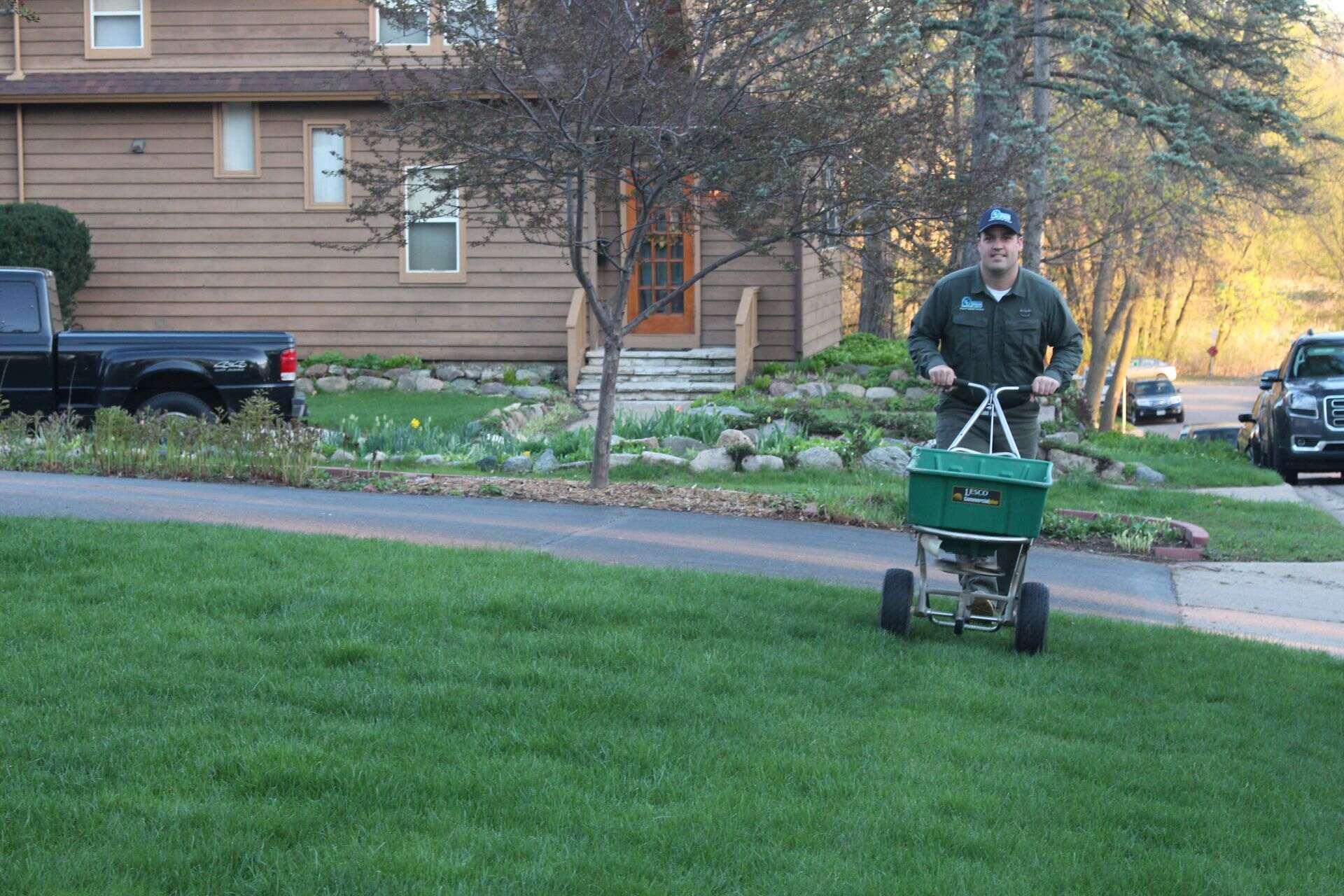

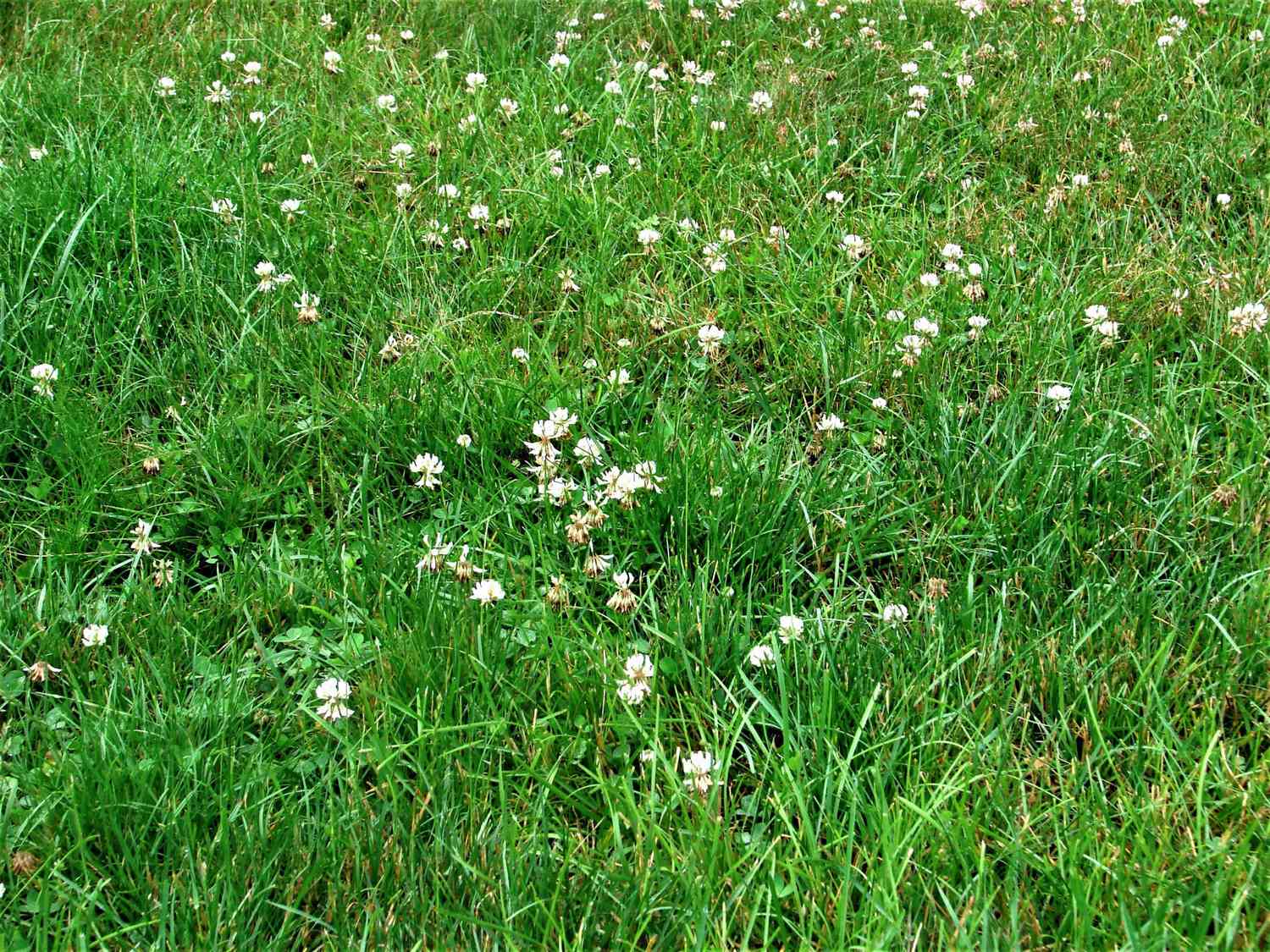

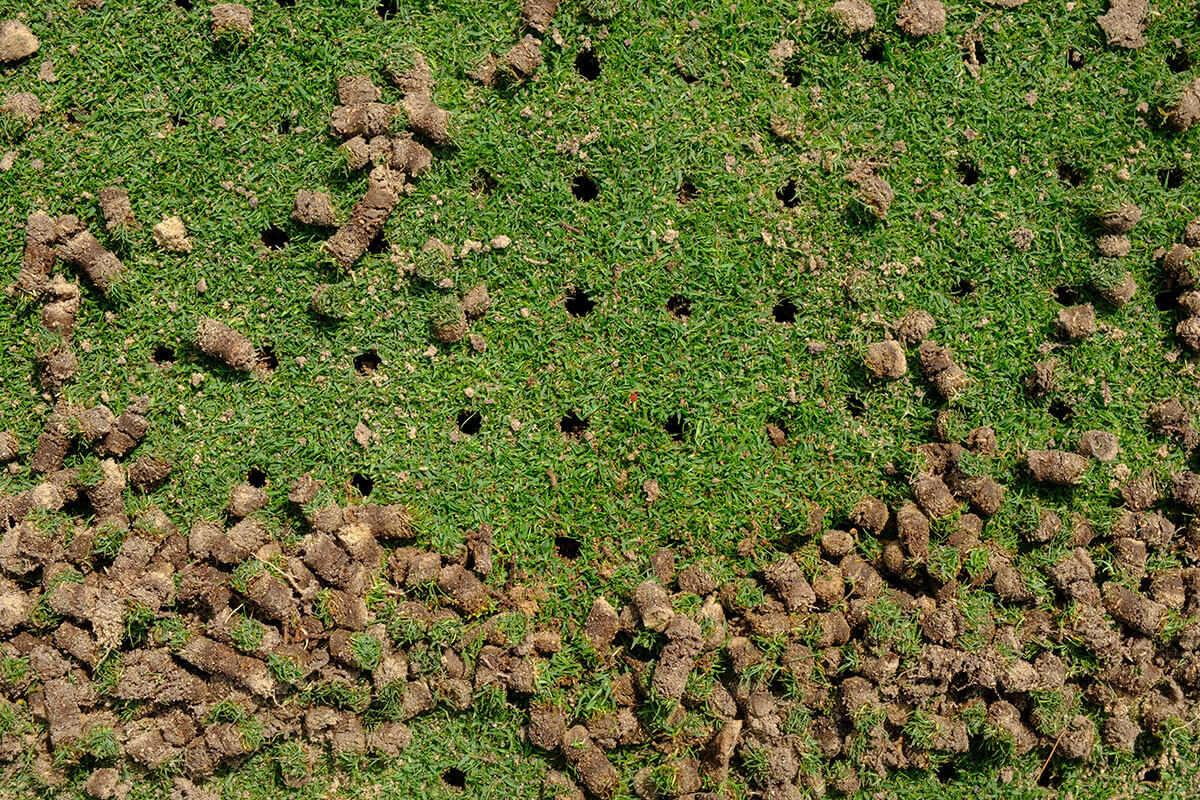
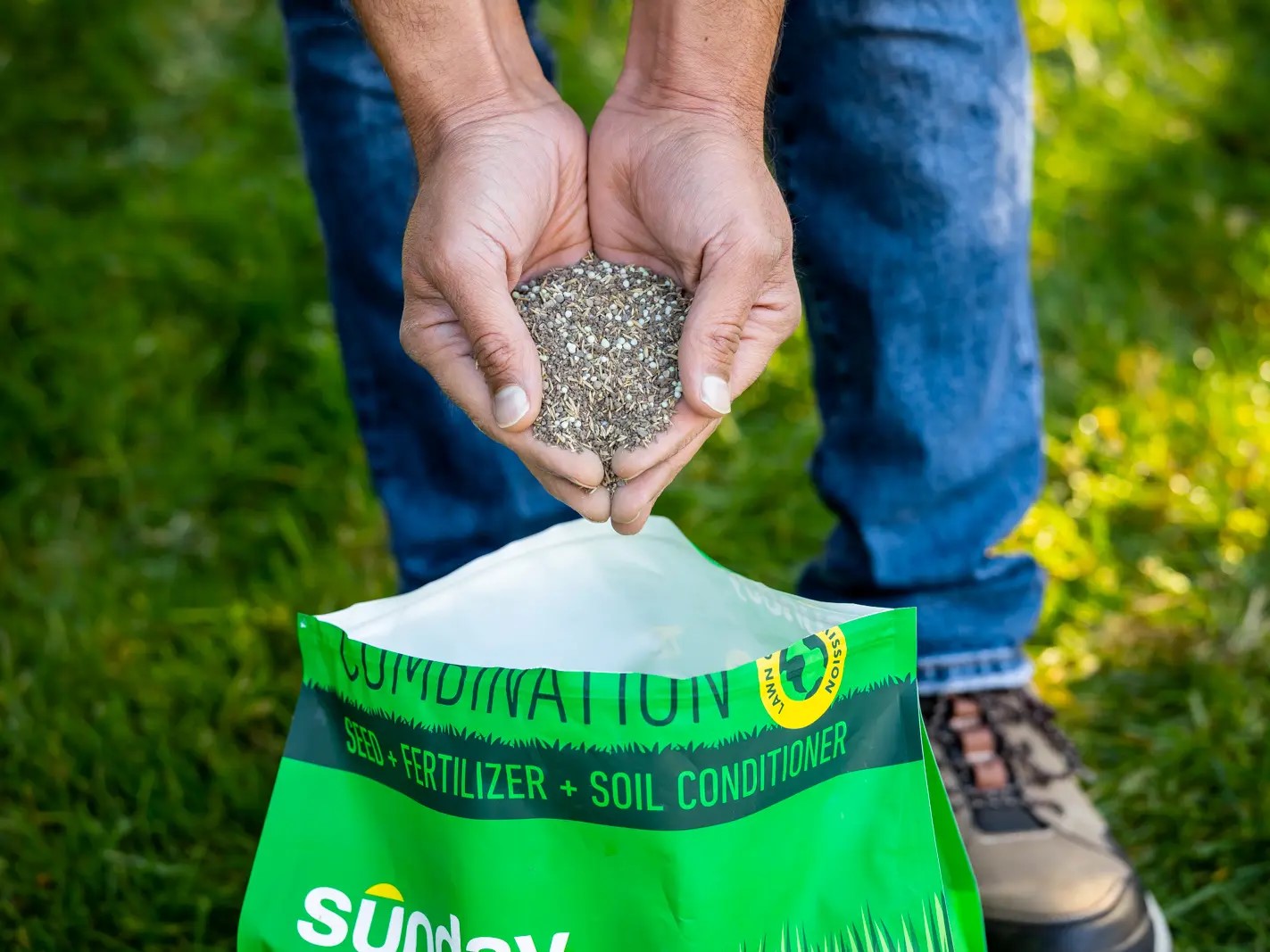
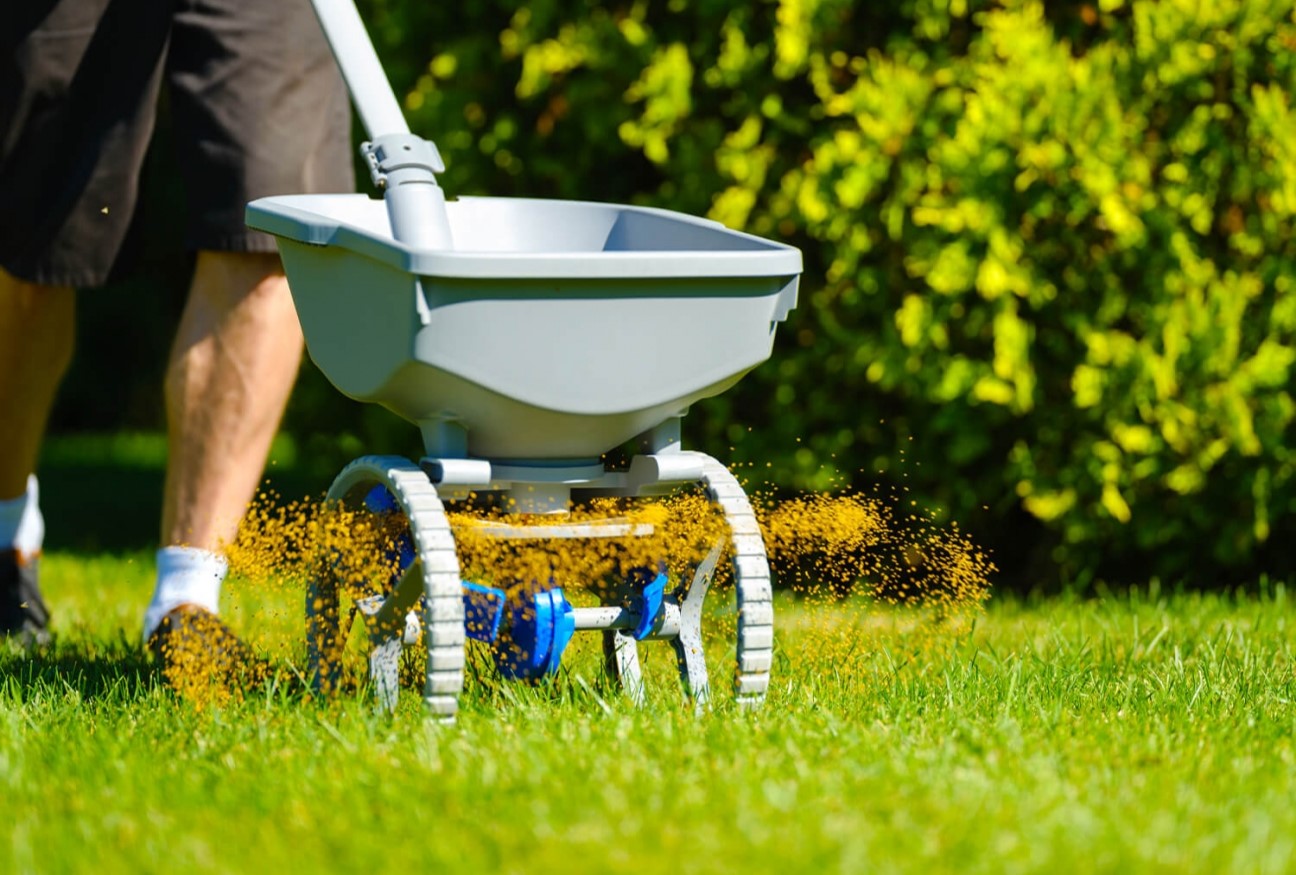
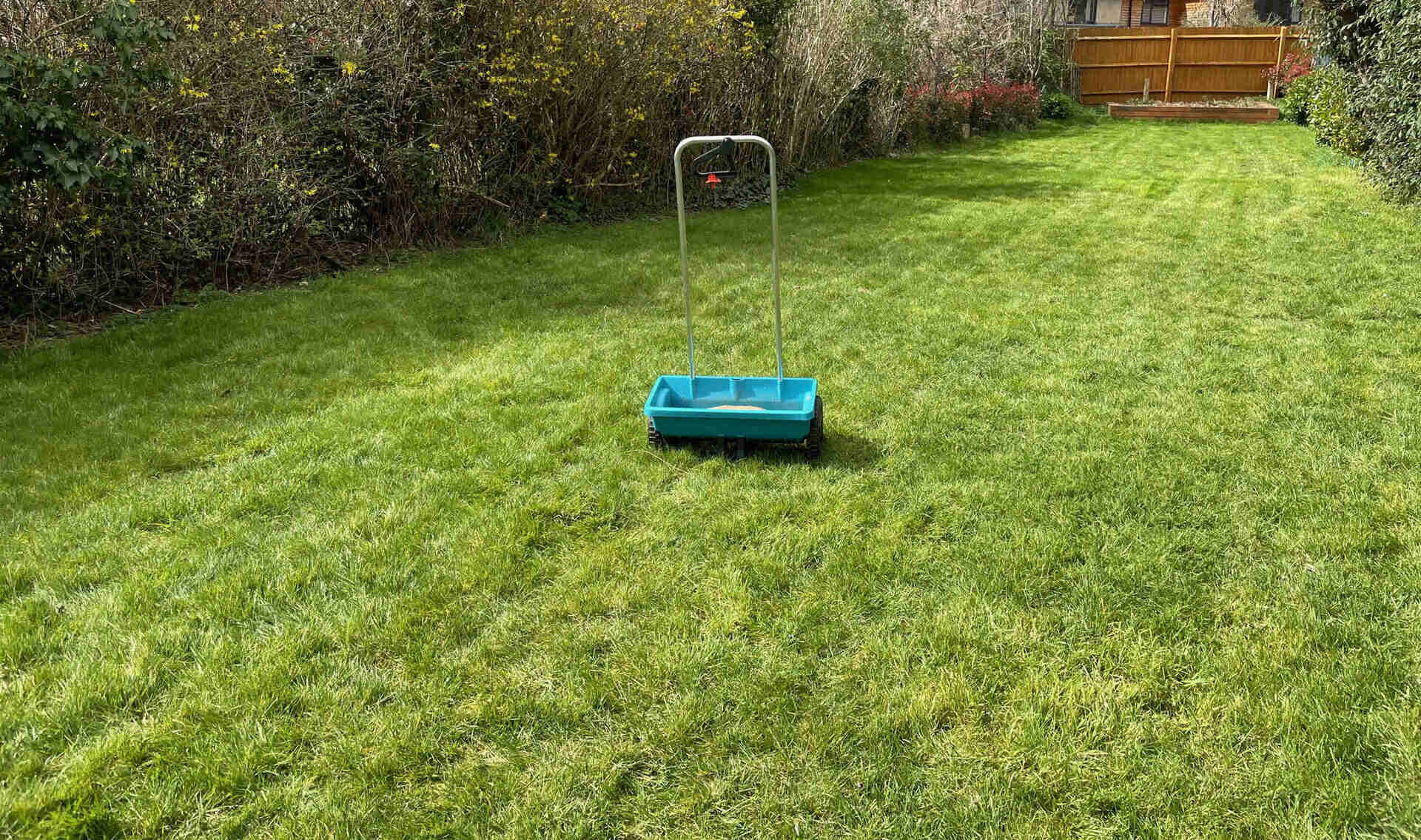
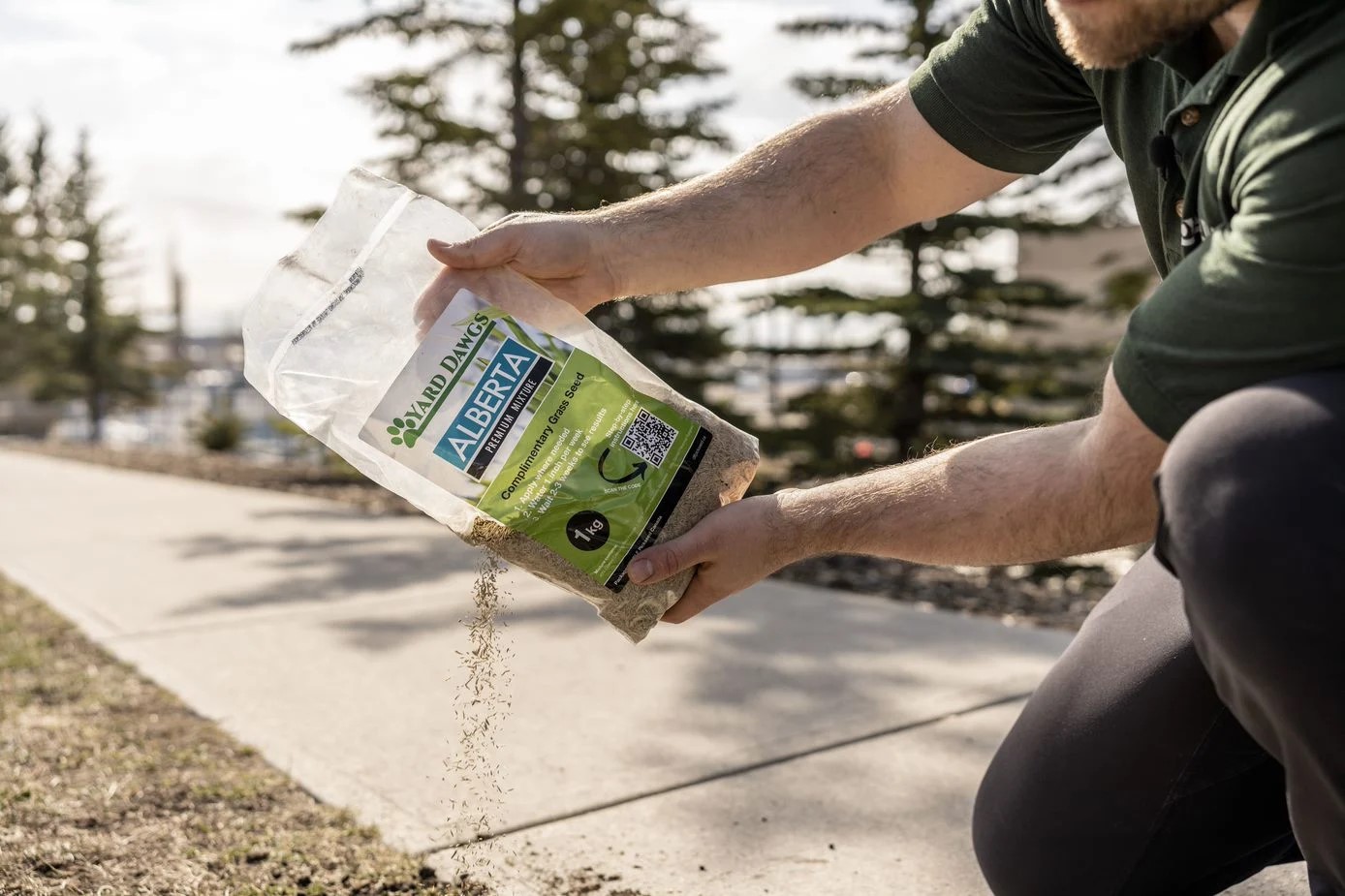
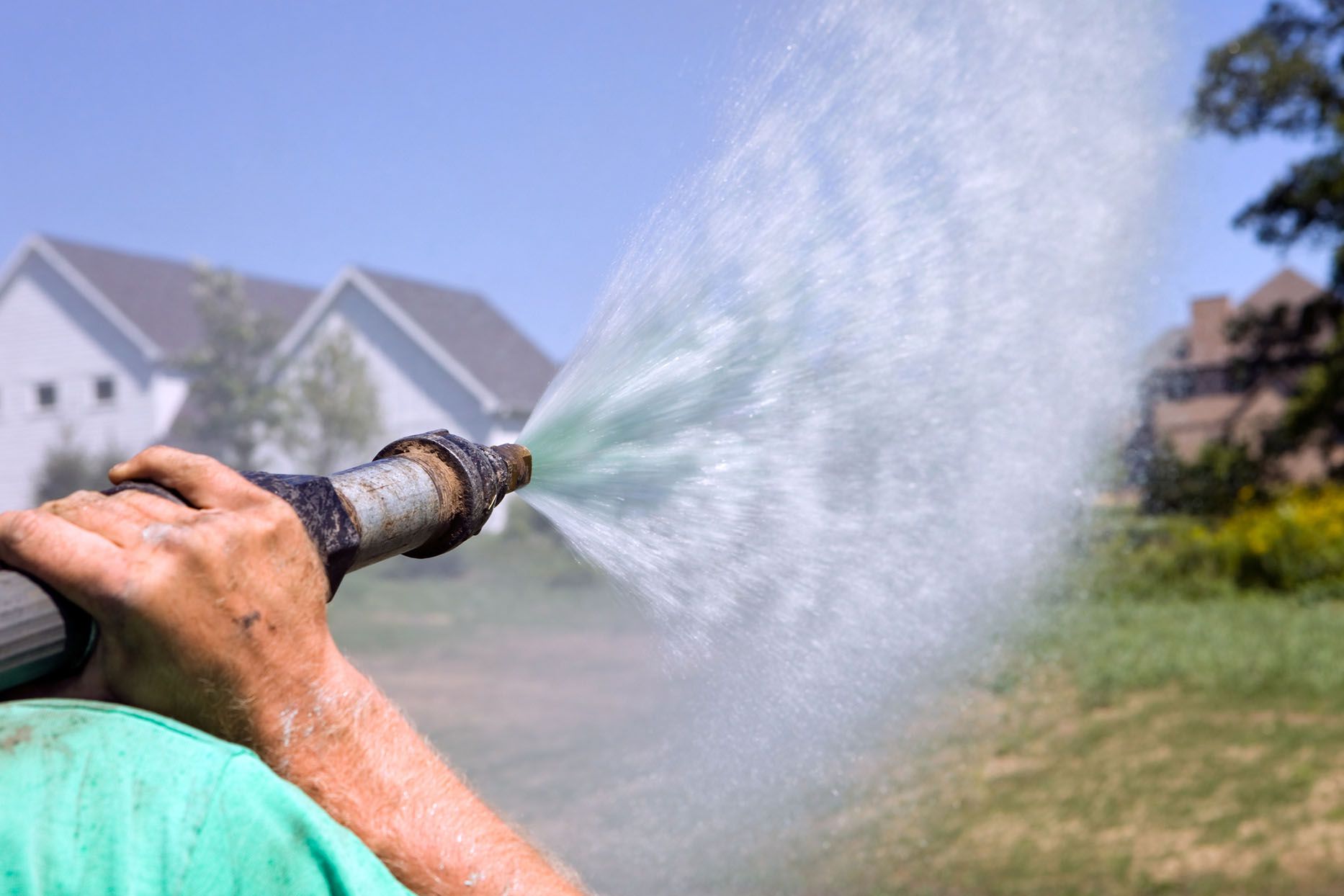
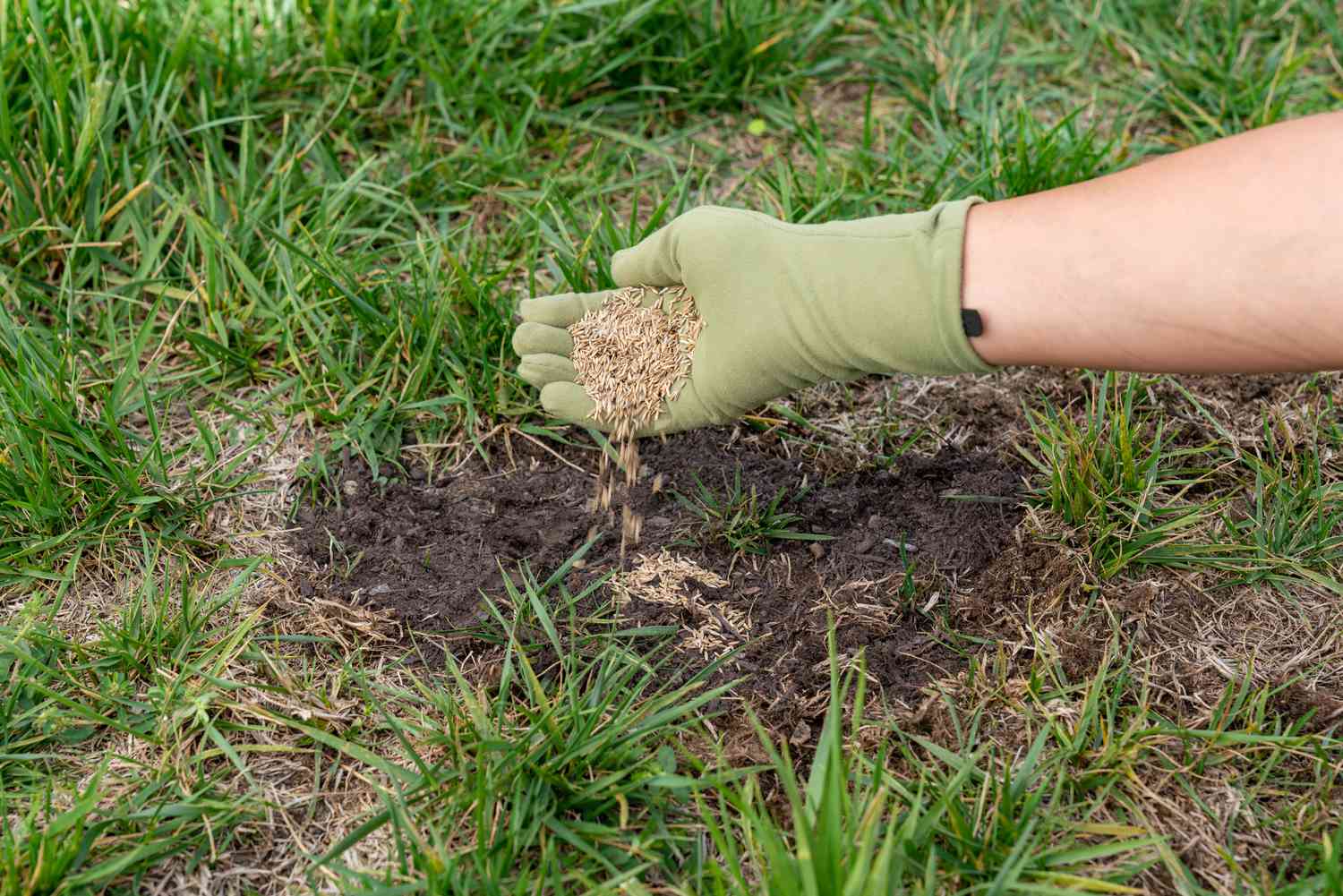
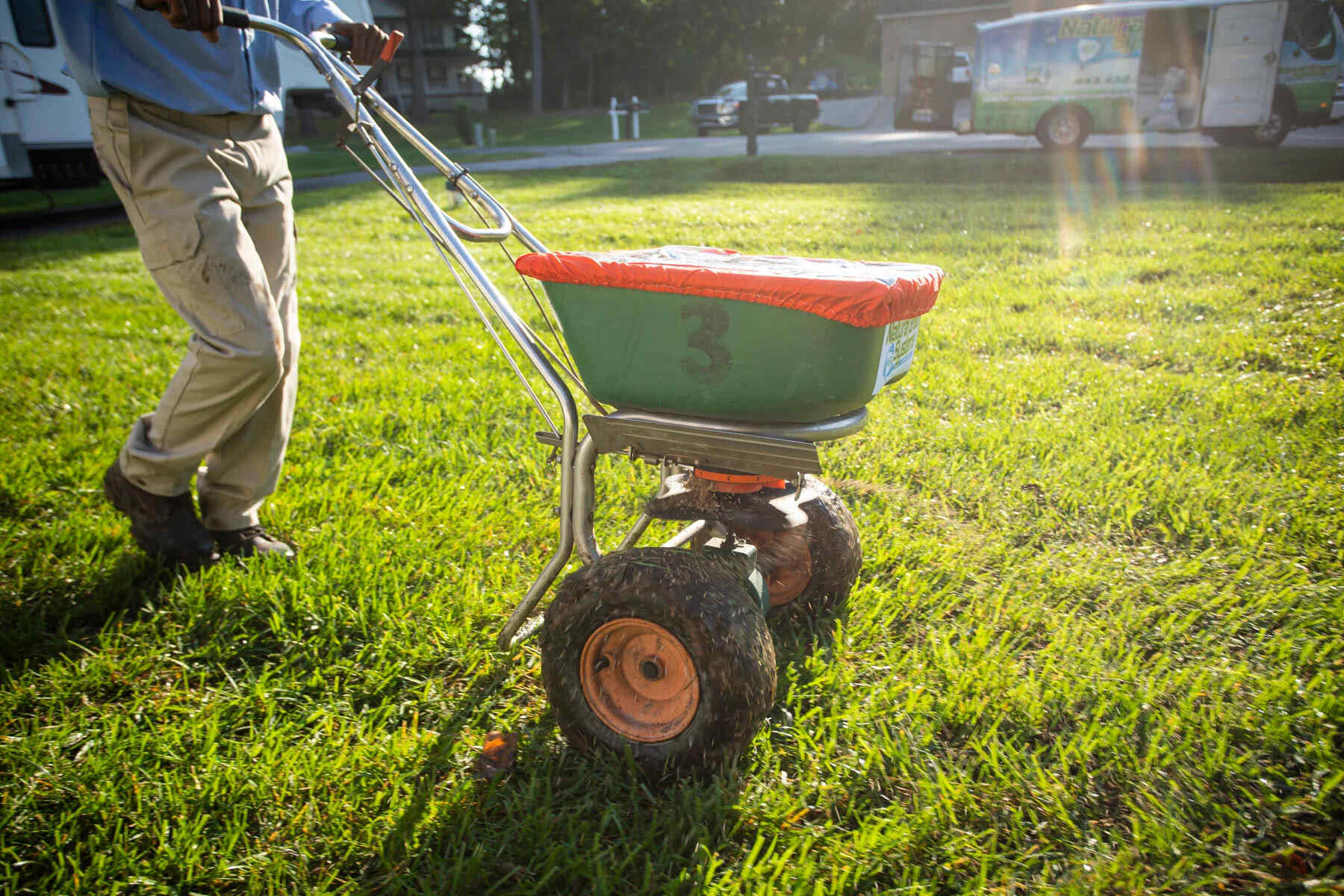


0 thoughts on “When To Seed Lawn In Nc”